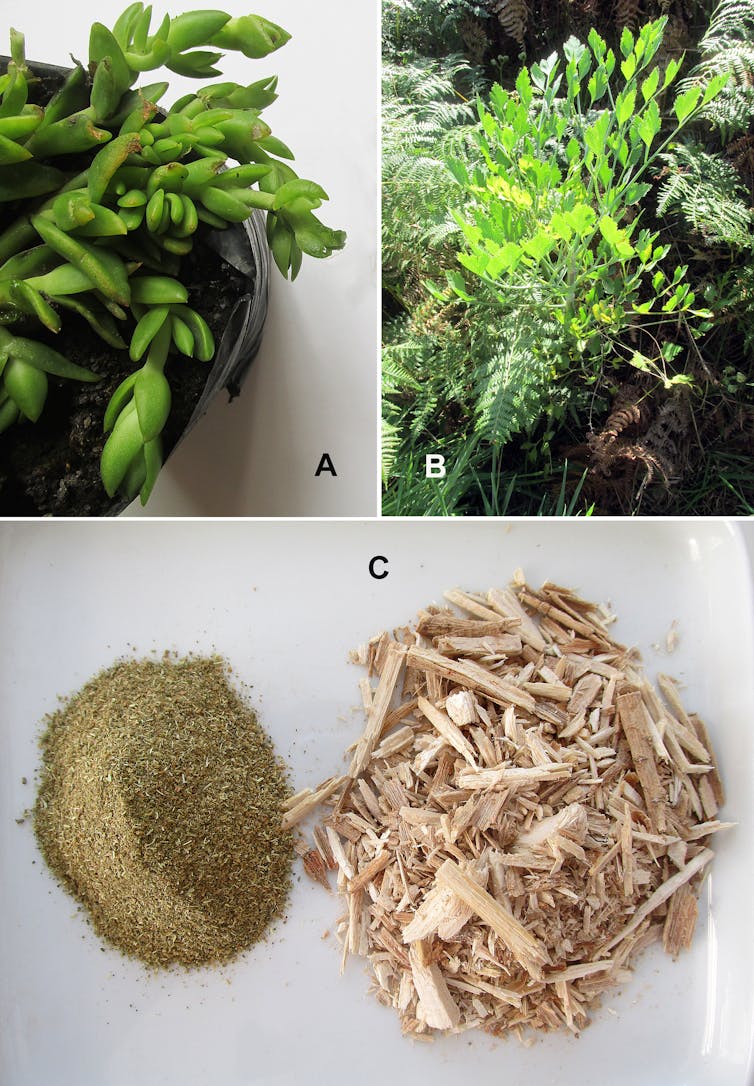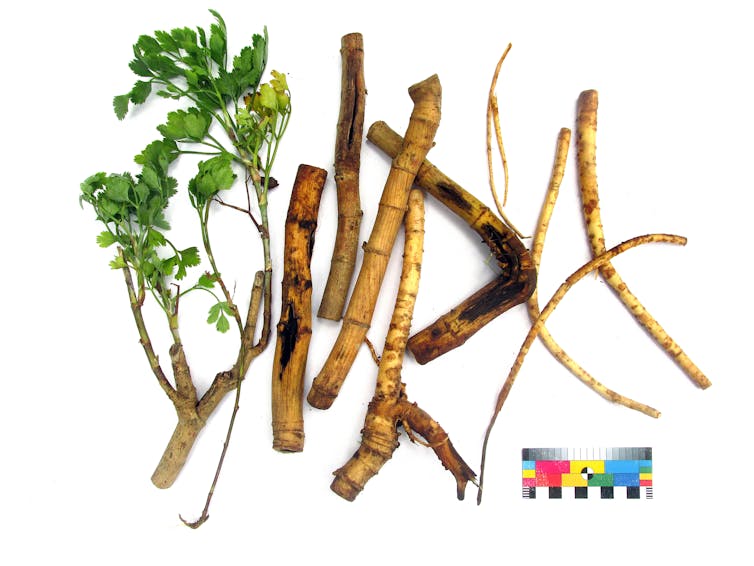Does alcohol have an undisclosed African heritage?
- Neil Rusch
Until now the search for early evidence of alcohol has fixated on residue analysis.
Alcohol is the most widely used psychoactive substance in the world. But where was the first alcoholic beverage brewed and consumed?
The answer isn’t clear because traces of alcohol don’t preserve well in the archaeological record. Containers like skin bags and wooden vessels that were likely used to hold alcohol don’t survive indefinitely. This poses a problem because residue analysis relies on the preservation of containers and implements.
The earliest evidence of alcohol comes from starch granules, either wheat or barley, transformed by fermentation. These were found in Raqefet Cave in Israel and are dated to 13,000 years ago. Chemical traces of alcohol have been detected in containers from Neolithic China. These were used in the seventh millennium B.C.E for the storage and dispensing of a fermented drink made of rice, honey and fruit. Early evidence of wine has been found in Northern Iran and dated to the mid-sixth millennium B.C.E.
Where does the African continent fit into the story of alcohol? Until now the search for early evidence of alcohol has fixated on residue analysis. But I tried a different route – I looked at the role of honey, because honey and bee-related products were being used and consumed 40,000 years ago by people living in southern Africa.
First, I conducted a fermentation experiment in which alcohol is produced by combining honey, water and moerwortel (Glia prolifera).
The procedure and combination of ingredients follows an indigenous method, as was conveyed to the botanist Carl Thunberg by indigenous Khoe-San informants in the 18th century. Results of this experiment are contextualised using ethnohistorical and early traveller testimonies that suggest widespread use of honey-alcohol combined with plant material for psychotropic and medicinal purposes. This included kanna (Sceletium tortuosum), which produced a ‘spiked’ honey drink known as khadi.
Controlled fermentation may have emerged as early as the Middle Stone Age (which started about 280,000 years ago and ended between 50,000 and 25,000 years ago) together with manifestations of complex behaviour and mental processing that was cognisant and capable of using a suite of complementary botanical, technical and chemical methods for various applications. These included making arrow poison and the synthesis of compound materials for the manufacture of mastics, adhesives and pigment.
The results of this study have been published in Southern Africa Humanities.
From this research I conclude that honey was the most likely catalyst that allowed controlled fermentation to commence at a very early date in Africa, with the weight of probability pointing to southern Africa.
The background
In my research, I’ve also provided an explanatory framework that encompasses a Middle Stone Age and deep-time perspective. This helps to explain the related themes of honey bees in southern San mythology, pictorial expression and fermentation practices.
Fragments of knowledge about honey fermentation are retained in ethnohistoric accounts and among communities that continue to use honey to make alcohol, to this day. The association between alcohol, honey and bees has pre-historical antecedents. We see this in the form of rock paintings that feature bee-related themes. Mythology, widespread among the San of southern Africa, considers bees, wax and honey to have magical qualities.
The cognitive requirements necessary to support an understanding of chemical and technical processes (such as fermentation) are manifested in the last 100,000 years in the Middle Stone Age in southern Africa. These processes include bow hunting, about 60,000 years ago; the use of ochre compound, interpreted as paint, around 100,000 years ago, and arrow poison, 24,000 years ago. Arrow poison was possibly used even earlier.
Intentionally controlled fermentation fits comfortably within these techno-behaviours but leaves no archaeological trace.
What we do have, though, is a parcel of beeswax. This tells us that honey and bee products were being used and consumed 40,000 years ago in southern Africa by people living at Border Cave, near the present Eswatini (Swaziland) border.
The Border Cave beeswax is an important biomarker: (1) it is the oldest known example of the use of beeswax anywhere; (2) it makes explicit the connection between honey, bees and plant poison.


From this information it is reasonable to infer that controlled fermentation arose on the African continent alongside bow hunting and the use of poison tipped arrows, some time between 60,000 and 24,000 years ago.
Within this time bracket, what is certain is that at 40,000 years ago early people were using and consuming bee products.
Does this mean that fermentation of honey-alcohol was attempted 40,000 years ago? We cannot know for sure. All we can say is that the conditions were highly conducive.
Ongoing questions
Honey is the most likely catalyst that allowed controlled fermentation to commence at a very early date in Africa, with the weight of probability pointing to southern Africa, given current evidence. And chemical analysis of the Border Cave beeswax provides added incentive for continuing investigation.![]()
Neil Rusch, Research Associate, University of the Witwatersrand. This article is republished from The Conversation under a Creative Commons license. Read the original article.

